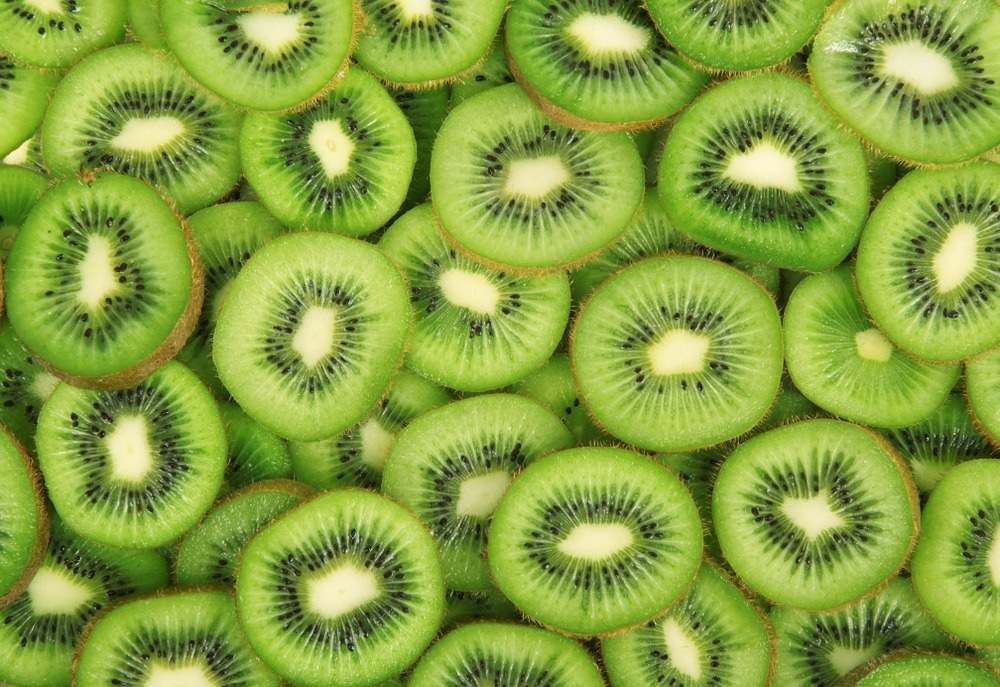Nov 21 2022Reviewed by Danielle Ellis, B.Sc.
Kiwifruit has gained huge attraction among consumers popular as a result of its special flavor and high concentration of minerals, vitamin C, and other nutrients.

The antifungal activity and mechanism of silver nanoparticles against four pathogens causing kiwifruit post-harvest rot. Image Credit: WBG.The antifungal activity and mechanism of silver nanoparticles against four pathogens causing kiwifruit post-harvest rot. Image Credit: WBG.
Since the demand for kiwifruit keeps growing and the producing region in China is increasing, post-harvest rot diseases have turned out to be highly severe. This has an average infected rate reaching nearly 30% to 50%, resulting in over 100,000 tons of fruit losses annually, which severely restricts the healthy development of the industry.
At the Wuhan Botanical Garden of the Chinese Academy of Sciences, scientists assessed the antifungal activity and mechanism of silver nanoparticles (AgNPs) against four pathogens named (Alternaria alternata, Diaporthe actinidiae, Botryosphaeria dothidea, and Pestalotiopsis microspora) leading to kiwifruit post-harvest rot.
The researchers discovered that AgNPs exhibited diverse inhibitory impacts on the mycelial growth and spore germination of the four pathogens.
It enhanced the cell membrane’s permeability and leakage of intracellular substances and led to cellular and organelle structural degradation. Furthermore, transcriptome sequencing of mycelium treated with AgNPs (24h/48h) was executed to disclose the molecular mechanism.

Image Credit: photobeps/Shutterstock.com
The scientists feel that AgNPs exceptionally decreased the infected phenotype and fluorescence symptoms, as well as the pathogen colonization and disease development of kiwifruit post-harvest rot with some Ag+ residue in the fruit’s peel or inner/external pulp. This denotes that AgNPs treatment was known to be safe for kiwifruit.
The scientists confirmed that AgNPs could be utilized to regulate kiwifruit rot disease and laid the basis for the application of AgNPs to regulate other fruit fungal diseases.
The study outcomes have been reported in the Frontiers in Microbiology journal.
This study was financially supported by the National Key Research and Development Program of Hubei Province, the Earmarked Fund for China Agriculture Research System, the National Natural Science Foundation of China, and the Foundation of Wuhan Science and Technology Bureau.
Journal Reference:
Li, L., et al. (2022) The antifungal activity and mechanism of silver nanoparticles against four pathogens causing kiwifruit post-harvest rot. Frontiers in Microbiology. doi.org/10.3389/fmicb.2022.988633.
Source: https://english.cas.cn/